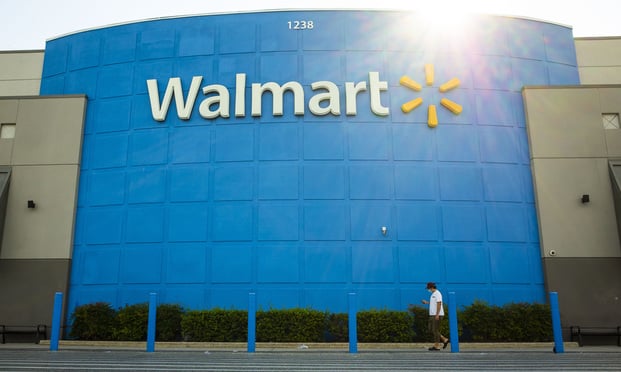One way to size up Amazon.com's new effort to rethink U.S. health benefits is to look at thehealth benefits Amazon already offers.
The Seattle-based web retailer rattled Wall Street Tuesday byannouncing it will team up with Warren Buffett's Berkshire Hathawayand JPMorgan Chase & Company to create a health care benefits company to be describedlater.
One of the few details available is that Beth Galetti, theAmazon senior vice president who signs Amazon's health plan Form5500 tax returns, will be one of the project planners.
Continue Reading for Free
Register and gain access to:
- Breaking benefits news and analysis, on-site and via our newsletters and custom alerts
- Educational webcasts, white papers, and ebooks from industry thought leaders
- Critical converage of the property casualty insurance and financial advisory markets on our other ALM sites, PropertyCasualty360 and ThinkAdvisor
Already have an account? Sign In Now
© 2024 ALM Global, LLC, All Rights Reserved. Request academic re-use from www.copyright.com. All other uses, submit a request to [email protected]. For more information visit Asset & Logo Licensing.








